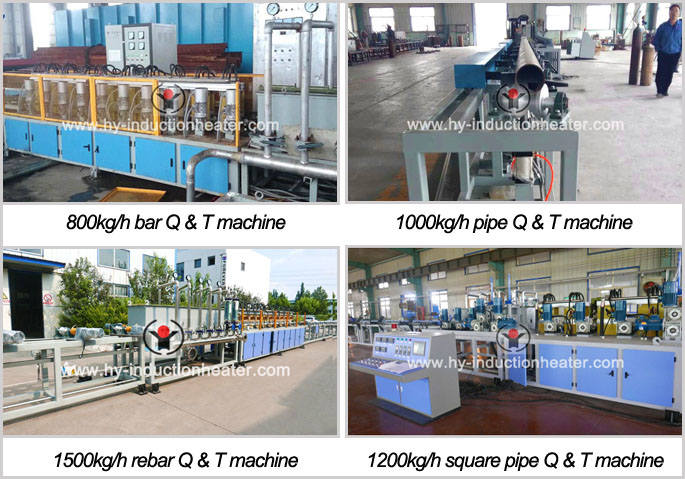What’s the hardness of S45C after heat treatment ?
What’s the hardness of S45C after heat treatment ?
Usually we do quenching and tempering double heat treatment for S45C material. The hardness is not more than HRC40, the best is 35 to 38. Such as shafts, gears, are S45C quenching and tempering HRC35 ~ 36.
The Max. hardness of S45C can be up to HRC60, but it’s too brittle, so it’s meaningless.
After quenching, tempering for S45C at 150-250 temperature, the hardness is up to HRC50 above, but the toughness is poor, rarely used in production.
The heat treatment process common used for S45C is quenching and tempering g at the temperature of 500 – 650 degree C, which is called quenching and tempering. Hardness in HRC28 * – 30 * is appropriate. Such as the terminal, the motor stator, high-life mold die board is usually used S45C or S50C quenching and tempering.
After quenching, S45C structure is quenching martensite, but this organization is unstable, the phase change will occur, resulting in parts deformation, cracking and hardness changes, it must be tempered to get stable Tempered sorbite or tempered martensite. However, the engineering needs vary widely and the hardness requirements of the parts are also different. Therefore, we can control the hardness of the material by controlling the tempering temperature. The first hardness range is high temperature tempering, and the second hardness range is low temperature Tempering, the reason that the hardness is different is microstructure is different. Please keep in mind: as long as the black metal need quenching,then it must be tempered.
Quenching and tempering hardness can also be expressed with HB or HRC, which are only two kinds of hardness detection.

What is the hardness of S45C after steel bar hardening and tempering?
Answer: Brinell hardness, HB241-285, quenching hardness is up to 60HRC. .
If S45C hardness is up to 35 to 40 degrees, will it crack?
No, this is the best value for using. It depends on your workpiece size. If the size is small, it will not have much effect on the workpiece after quenching and tempering. If your workpiece size is big, the core will not be quenched due to limited hardenability, resulting in the surface and the heart deformation is not synchronized, the stress is too large and crack;
Secondly, depending on whether your parts are complex, some of the more complex parts will crack due to the corners and other more sharp;
Thirdly, depends on whether your quenching and tempering process is reasonable, unreasonable process, even if there was no crack after heat treatment, there is also the risk of cracking during use.
This article is from Forever-manufacturer of induction hardening and tempering equipment.

Overseas manager: Tom Wang
Email:tom@foreverfurnace.com
Phone: 0086-13303078975(whatsapp, wechat,line)
Specialist of induction heating system in China; Glad to be your business partner in induction heating field.
Post time: 01-09-2018



